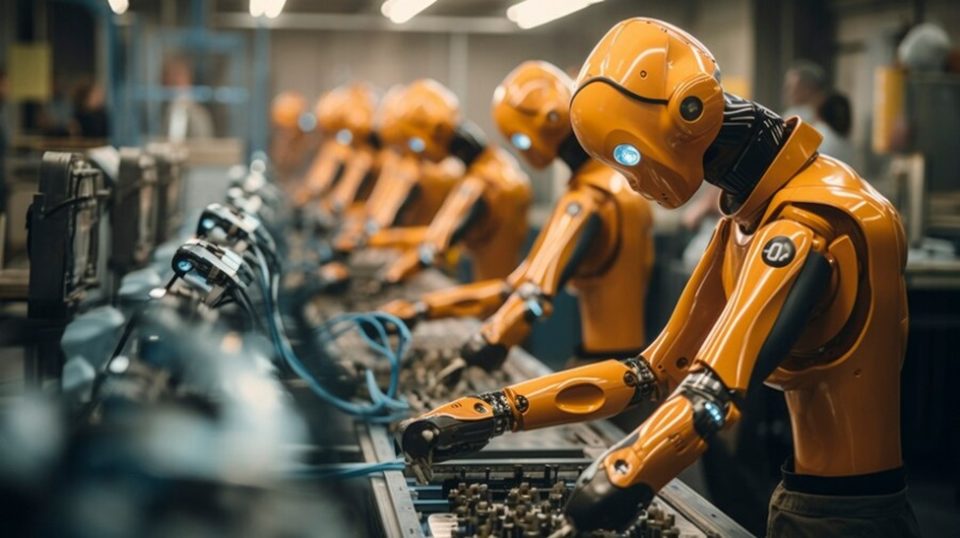The industrial machinery sector is a dynamic one that is changing continuously due to market demands, competition, and customer needs. Innovation is not only increasing productivity but also creating possibilities for more complicated and variable manufacturing systems. Here in this guide, we have reviewed some of the major developments in industrial machinery to assess the various effects of such inventions.
1. Automation and Robotics
Computerization and technological inventions have impacted Industrial machinery, making them embrace automation and robotics of their working processes to increase speed, reduce human intervention, and improve precision. Sophisticated robotic devices are effective in handling challenging operations with precision, thus, utilizing them can lead to minimal errors from humans.
These systems are particularly important whenever the process is recurrent and a dangerous one, as it makes the operation more secure and fast. For instance, in sheet metal fabrication the exact cutting and joining can be performed digitally by automatic robots to match standards without compromising on quality or wasting resources.
2. Integrated IoT Smart Manufacturing
These innovations later brought smart manufacturing into the limelight through the integration of the Internet of Things (IoT) in the production line. Interconnected devices can effectively exchange information in the shortest time possible to support timely decision-making, monitor the performance of assets, and predict potential problems related to them.
In this way, through data acquisition and utilization from multiple machines, manufacturers can design more efficient and cost-effective manufacturing processes, minimize production downtime, and effectively prevent equipment failures in advance.
3. Resume in Materials Science and Material Processing
There are new opportunities both in the fabrication of industrial machinery because of the application of new composite materials and the application of instant manufacturing like 3D prototyping. These technologies can lead to the formation of three-dimensional parts and shapes that would be impossible to design earlier.
Free-form fabrication can create parts that are both light and strong through the selective deposition of materials. For instance, some belt pulleys may be manufactured from composites and therefore make belt pulleys more durable and more efficient as compared to metallic pulleys.
4. Energy Efficiency and Sustainability
Technology is gradually becoming an area of concern, especially for sustainability in industrial systems. Consequently, the machinery has been developed to meet this need. Designs that promote efficiency in energy in the machines and steps concerning manufacturing are environmentally friendly.
A new generation of machinery designs with energy-efficient components like variable speed drives that enable the machinery to regulate the energy intake it requires based on the specific tasks it renders. Furthermore, the use of clean energy resources in industries and environment-friendly methods in managing waste has made industrial processes sustainable.
Precision engineering and Computer Numeric Control (CNC)
CNC is a tool, which has taken the edge and precision engineering to another level in terms of its evolution in the industrial machinery field. The controlled computer commands allow the use of specific designs in manufacturing with minimal human input and produce aesthetic products with uniform quality in a short time.
This technology is very helpful in industries that demand a certain standard and close limits to be fulfilled such as the aerospace and automobile industries. CNC technology also makes it easier to be flexible in terms of production as it may take a shorter time and easily be adapted to produce other kinds.

